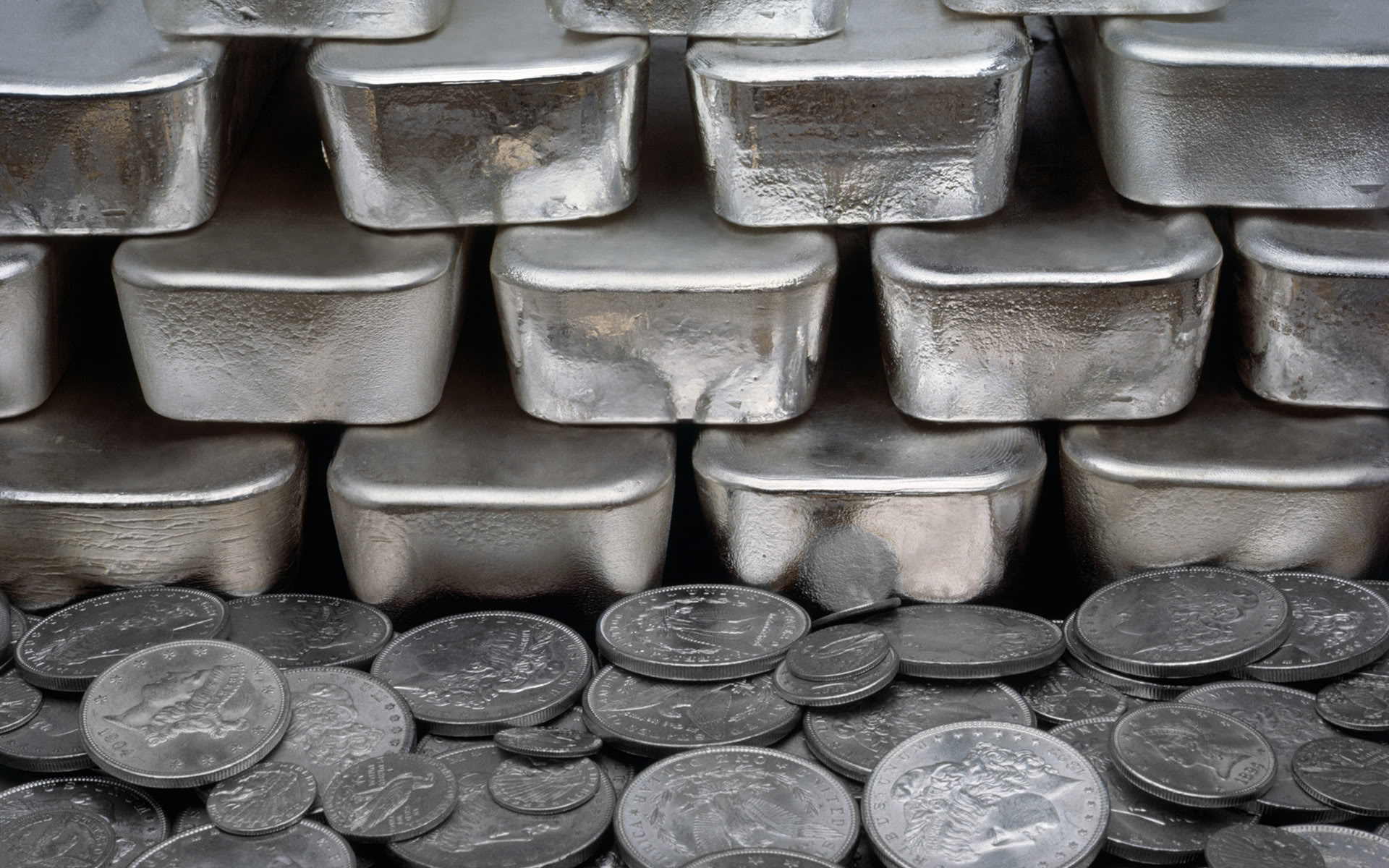Metals Correlations: Might Silver Emerge as the Market Winner?
After many turbulent market periods in 2018, the precious metals seemed to find itself on a stable footing toward the end of the year. Rising volatility levels after August put gold on track to post a 5% gain in December, which was its best-performing monthly period since early 2017. But the ultimate result of this activity was that it took the market’s focus away from gold’s undervalued counterparts in the precious metals asset class. Specifically, the longer-term historical trends suggest that relative downside in silver has reached extreme (and potentially unsustainable) levels. Furthermore, metals investors should pay strict attention to inflow activity in metals-backed ETFs as a way of gauging when a potentially forceful reversal in silver is likely to begin.

The relationship between gold and silver is a topic that is often discussed amongst precious metals investors. But what many miss in this simple ratio analysis is the propensity for silver to develop trends which broaden to extreme boundaries in relatively short periods of time. In comparative terms, the price history of gold shows us that this type of activity does not occur to the same degree in its own market valuation.

In the chart above, we can see a comparative analysis of the gold/silver ratio and the market price of silver in U.S. dollar terms. With this information, what I like to focus on are not the price moves themselves but the extremity of the moves. As we can see, the market price of silver skyrocketed in the late 1970s and then made similar moves to the topside again in 2010-2011. When these trend changes occurred, the market also experienced significant declines in the gold/silver ratio. Additionally, it should be noted that silver valuations were roughly similar to current price levels just prior to the giant leaps which eventually benefited bullish investors.
Ultimately, this indicates that silver is much more likely to act like a “coiled spring” when market extremes become apparent. With the S&P 500 and NASDAQ both trading within close proximity to their respective record highs, the potential for downside retracement in equities continues to increase. If this does occur, long-term trend histories suggest that silver could benefit (much more than gold) in the trend-change periods that follow.

For good reason, many metals investors tend to place their focus on the underlying spot prices. But there is also crucial information which can be gleaned from exchange-traded funds, like the iShares Silver Trust ETF (NYSE: SLV). What is particularly interesting about SLV is its inflow/outflow activity as it can be used to define volume changes in aspects of the market that not regularly covered by traders dealing directly with physical metals.
From a trend perspective, the market behaviors characterized by these alternative volume segments can help us to identify situations in which price reversals may begin to occur. In this light, we can see that silver could be basing for a rally of nearly 43.76% when viewed in relation to the August 2016 highs (19.71).
Evidence of this growing potential for upside can be found in ETF inflow activity changes. Over the last four weeks, SLV inflows have propelled the fund to the top of its asset category (at $42.2 million). This represents a massive alteration from the $234.5 million in SLV outflows which became visible over the last 26 weeks. Ultimately, the diverging activity suggests new sections of the market may be developing an interest in silver while these assets are still trading near their lows.
Since these portions of the market (ETF investors) tend to focus on stocks, the surge in inflows indicates a rising interest in safe haven assets while stock benchmarks (i.e. the S&P 500 and NASDAQ Composite) continue to trade at record levels. Without a significant macro catalyst in place, this seems to indicate a more natural ebb and flow of the market in which overvalued assets (equities) are starting to fall out of favor.
Of course, this is not yet visible in the stock charts themselves. But the trend has clearly becoming visible in the market’s flow data. This confluence of events suggests undervalued metals may have the best potential for upside in the current environment. As a result, silver is starting to look as though it may emerge as a final winner for investors before the end of 2019, given its strong potential for relative upside during periods of rising market extremes.
